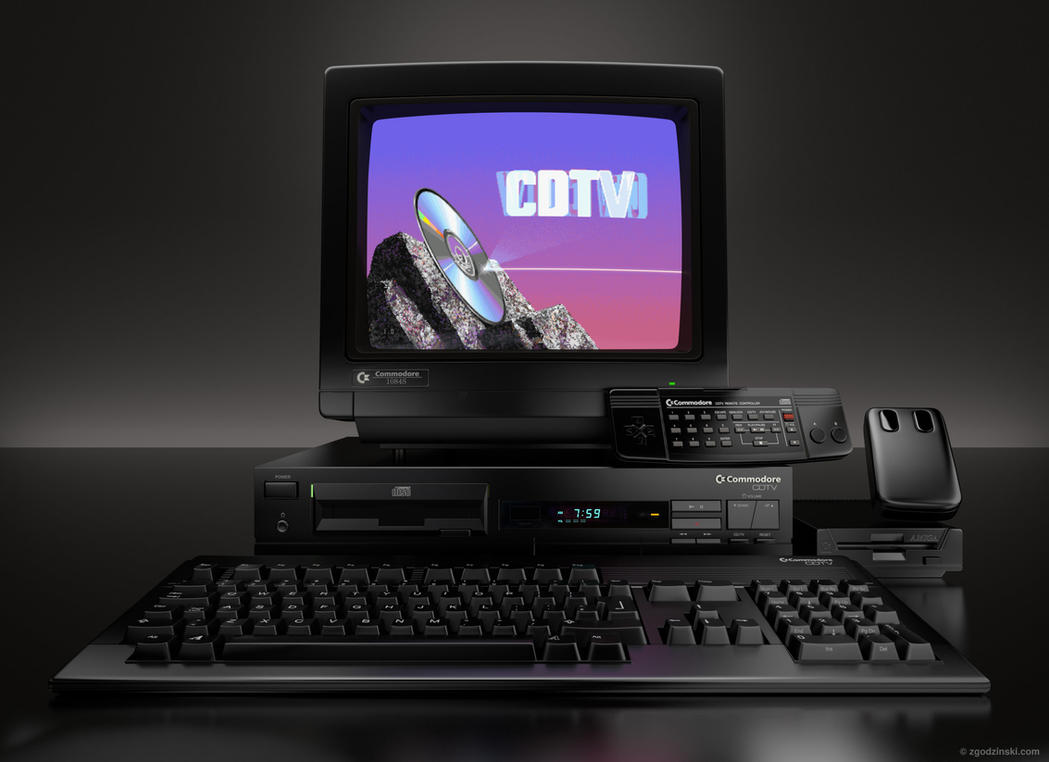Ccnp Practical Studies Switching Pdf
Apply a layered troubleshooting methodology to real-life routing and switching environments.  (CIT) topics that prepare you for the CCNP Troubleshooting exam. Full of practical exercises that get you ready for challenges on. Iv CCNA Routing and Switching Practice and Study Guide. Certified Instructor Trainer, having earned CCNA Security and CCNP level certifications.
(CIT) topics that prepare you for the CCNP Troubleshooting exam. Full of practical exercises that get you ready for challenges on. Iv CCNA Routing and Switching Practice and Study Guide. Certified Instructor Trainer, having earned CCNA Security and CCNP level certifications.
Once the correct destination MAC address is known, the routed frame destination MAC address can be rewritten. The source MAC address is also rewritten to the MAC address of the Ethernet 1 interface on Router-A so that Router-B knows it received the frame from Router-A. Tom and jerry episodes cartoon. It is this process of rewriting the frame MAC addresses that represents the key concept of data plane operationsA router does not modify the source or destination IP addresses of IP packets that are being delivered, but rather it must rewrite the destination and source MAC address so that the IP packet can be delivered over the LAN to the next hop. NOTE Router-A actually does have to modify some information in the IP header. Router-A must decrement the IP time-to-live (TTL) field and also must recompute the IP header checksum, since the TTL field has been changed.
Supplements The following equipment is needed to perform the labs presented in the CCNP Practical Studies: Switching book. Readers requires the following at a minimum: • 1 x Catalyst 3550 • 1 x Catalyst 2948G/4000 Ideally, readers will also have the following: • 1-2 x Catalyst 3550 • 1 x Catalyst 6000/6500 with Supervisor II and MSFC-2 • 2 x Cisco 26xx routers • 2 x Servers (running Windows 2000 or similar) The following files offer support for the chapters in CCNP Practical Studies: Switching. Downloading the configuration files will enable you to work through the real-world scenarios throughout the book.

Quality of Service. Introducing to QoS. Implementing Quality of Service on Cisco Switches. Scenario 9-1: Configuring QoS Features.
It is this process of rewriting the frame MAC addresses that represents the key concept of data plane operationsA router does not modify the source or destination IP addresses of IP packets that are being delivered, but rather it must rewrite the destination and source MAC address so that the IP packet can be delivered over the LAN to the next hop. NOTE Router-A actually does have to modify some information in the IP header. Router-A must decrement the IP time-to-live (TTL) field and also must recompute the IP header checksum, since the TTL field has been changed. IP addressing might also be modified if network address translation (NAT) is configured; however, this operation is performed by a separate process outside of the control plane and data plane operations of routing. Step 6 The rewritten Ethernet frame containing the IP packet is sent to Router-B. Step 7 Router-B receives the frame from Router-A and examines the destination IP address of the packet. Because the destination IP address is that of a host that is locally connected, Router-B can complete the delivery by sending the packet to Host-B.
The destination MAC address of the frame is the MAC address of Router-A, which ensures that Router-A receives the IP packet contained within for routing. The destination IP address, however, is not that of Router-A; it's that of Host-B, the true eventual destination of the packet (in other words, the IP addresses in the packet are not modified). Step 4 Router-A receives the Ethernet frame and the data plane operations begin. For Router-A to forward the packet on to the appropriate next hop, it must know who the next hop is and the MAC address of the next hop.
CBT Nuggets reserves the right, in its sole discretion, to change, modify, add, or remove all or part of this Billing Agreement at any time, with or without notice. We are CBT Nuggets, LLC, a leading provider of IT training solutions. We are committed to protecting and respecting your privacy. By accessing or using the Services, you expressly agree to this Privacy Policy. Please read the information below: This Privacy Policy describes the types of information that we may collect from you or that you may provide to us when you visit the CBT Nuggets’ website located at (the “Website”) or the CBT Nuggets mobile applications (“Apps”) (collectively the “Services”), and our practices for collecting, processing, protecting and disclosing such information. This Privacy Policy applies to information we collect: (i) through the Services, and (ii) in communications between you and CBT Nuggets.
Scenario 3-1: Configuring VLAN Trunking Protocol. Scenario 3-2: Configuring Trunking between Switches. Scenario 3-3: VTP Pruning. Scenario 3-4: Configuring EtherChannel.
Download - 61 KB - Download - 41 KB - Download - 50 KB - Download - 88.5 KB - Download - 61.5 KB - Download - 41 KB - Download - 78.5 KB - Download - 63 KB - Download - 53.5 KB - Download - 51.5 KB. Online Sample Chapter Downloadable Sample Chapter Download - 2.18 MB -- Table of Contents Introduction. Switching Connectivity. Introduction to Cisco Catalyst Switches. Scenario 1-1: Installing a Cisco Catalyst Switch onto the Network.
Cisco Catalyst 6000/6500 Switch Architecture. Scenario 6-1: Configuring MLS on the Catalyst 6000.